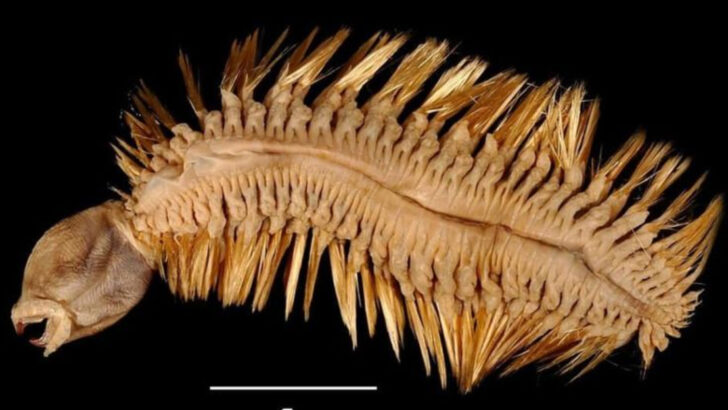The Antarctic Scale Worm, known scientifically as Eulagisca gigantea, is a deep-sea creature that inhabits the icy waters of the Southern Ocean.
This peculiar organism is not only fascinating due to its unique adaptations but also because of its astonishing appearance and characteristics.
Here, we explore ten reasons why this enigmatic worm stands out among oceanic life, from its menacing jaws to its iridescent scales.
Each reason reveals a facet of its extraordinary existence, illustrating why the Antarctic Scale Worm captivates scientists and nature enthusiasts alike with its otherworldly allure.
Menacing Jaws
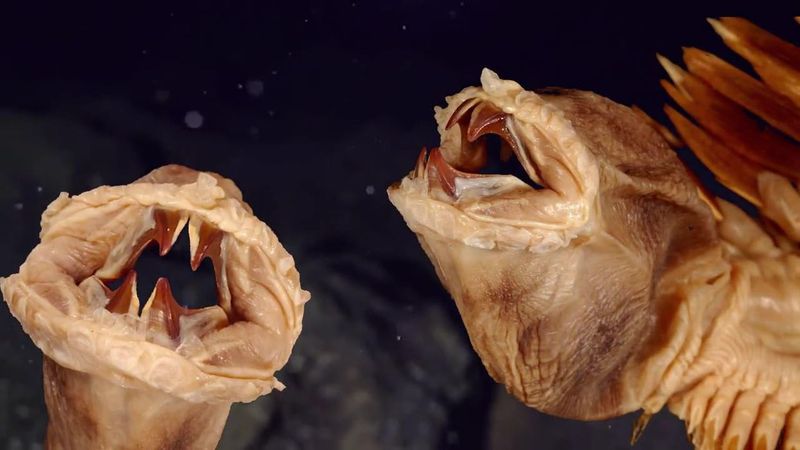
A glimpse into the Antarctic Scale Worm’s world reveals its fearsome jaws. Equipped with formidable, fang-like structures, these jaws strike a sense of dread among smaller sea creatures.
Their primary function is to grasp and consume prey with precision. In the harsh Antarctic environment, such adaptations are vital for survival. Surprisingly, these jaws also retract when not in use, concealing their terrifying appearance.
This feature highlights the worm’s dual nature, both as a predator and a creature of mystery. Its jaws are a testament to evolution’s ingenuity in the ocean’s depths.
Iridescent Scales
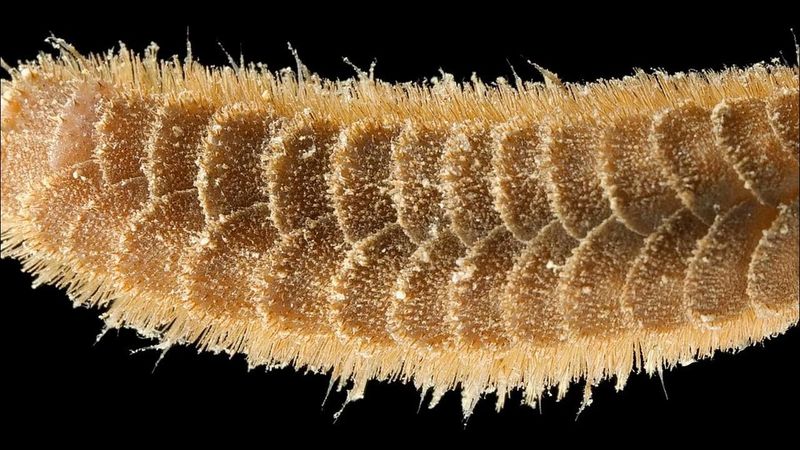
The Antarctic Scale Worm dazzles with iridescent scales that shimmer like underwater jewels. These scales provide more than just beauty; they serve as armor against predators.
The reflective quality can confuse potential threats, allowing the worm a chance to evade capture. Additionally, these scales contribute to the worm’s camouflage in the deep sea. Their mesmerizing glow is not just a visual spectacle but a survival strategy.
This combination of functionality and aesthetics showcases the worm’s exceptional adaptation to its environment, enhancing its enigmatic status in the oceanic world.
Remarkable Size
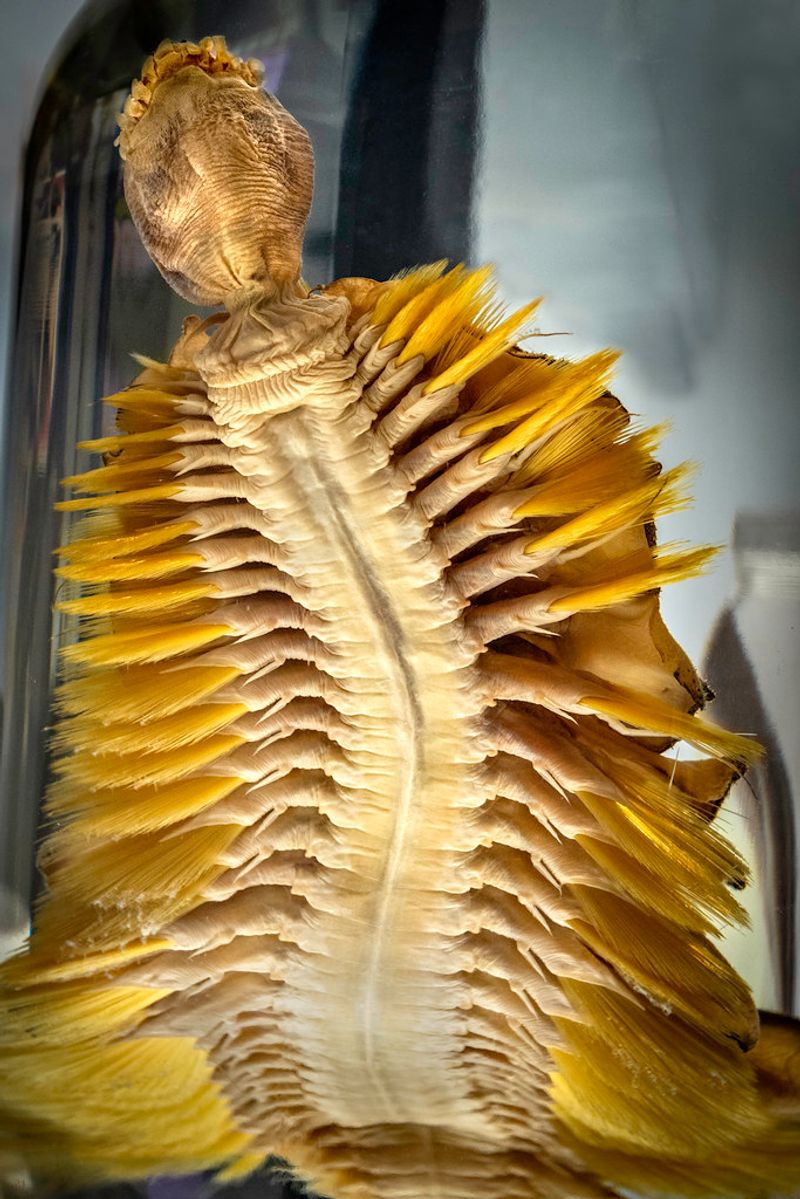
Unusually large for a marine worm, the Antarctic Scale Worm can grow to impressive lengths. This substantial size is advantageous in the vast oceanic expanse, aiding in predation and defense.
Its body can extend over 20 centimeters, making it a dominant presence in its habitat. This size allows it to move more efficiently across the ocean floor, searching for food.
It demonstrates nature’s unpredictability, where even worms can defy conventional expectations. Its size is not merely a physical attribute but a symbol of its adaptation and resilience in the Antarctic waters.
Cold Water Adaptations
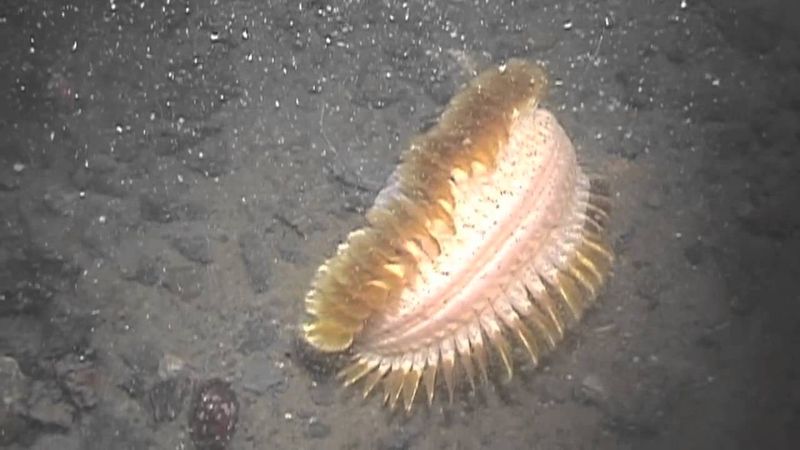
Thriving in the frigid waters of Antarctica, the Scale Worm exhibits remarkable adaptations to cold environments. Its physiological mechanisms enable it to survive extreme temperatures that would be lethal to other species.
These adaptations include unique proteins that prevent ice formation in its tissues. The worm’s ability to endure such harsh conditions highlights its evolutionary success. This tenacity in the face of environmental challenges makes it a fascinating subject for scientific study.
Understanding these adaptations offers insights into life’s resilience and the potential for survival in extreme climates.
Unique Segmentation
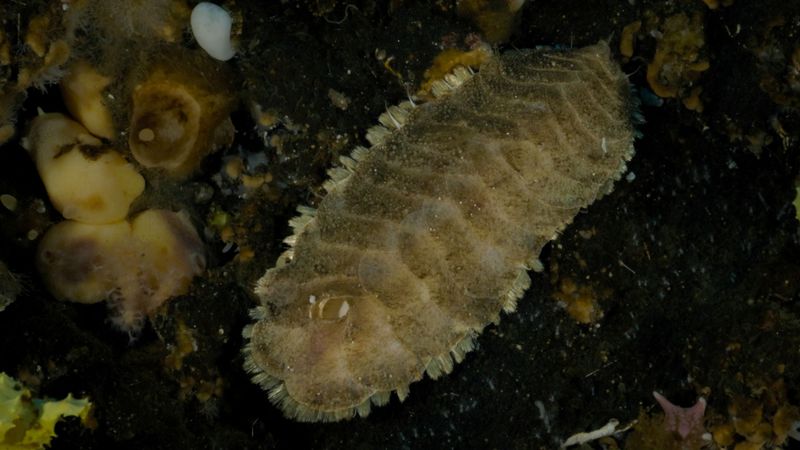
The Antarctic Scale Worm showcases a body segmented in a way that allows remarkable flexibility and movement. Each segment is equipped with parapodia, aiding in locomotion and balance.
This segmentation is not just functional but also gives the worm its distinct appearance. It allows the worm to navigate the ocean floor with ease, exploring crevices and hunting for prey. This anatomical feature is crucial for its survival and hunting efficiency.
Such intricate design reflects the complexity of marine life and the evolutionary paths these creatures have taken to thrive in their habitats.
Feeding Habits
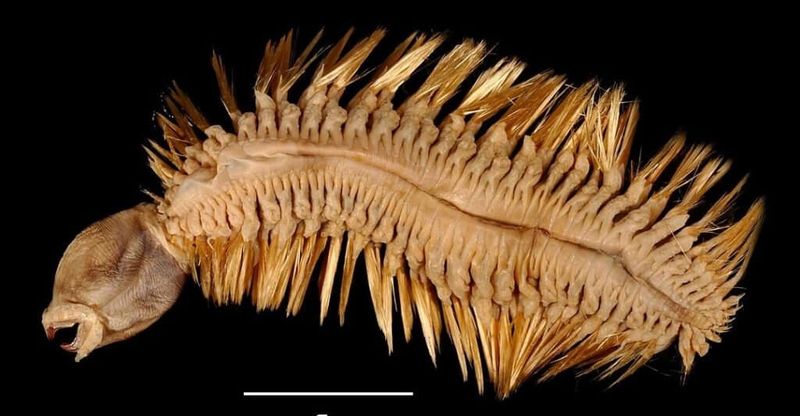
The feeding habits of the Antarctic Scale Worm are a marvel of nature’s efficiency. It consumes a variety of prey, from small crustaceans to detritus on the ocean floor.
Its diet reflects its adaptability to the resources available in its environment. This opportunistic feeding strategy ensures the worm’s sustenance in the nutrient-scarce Antarctic waters. The worm’s ability to exploit different food sources showcases its role in the complex marine ecosystem.
By understanding its feeding behavior, scientists gain insight into the ecological dynamics of the Southern Ocean.
Appearance
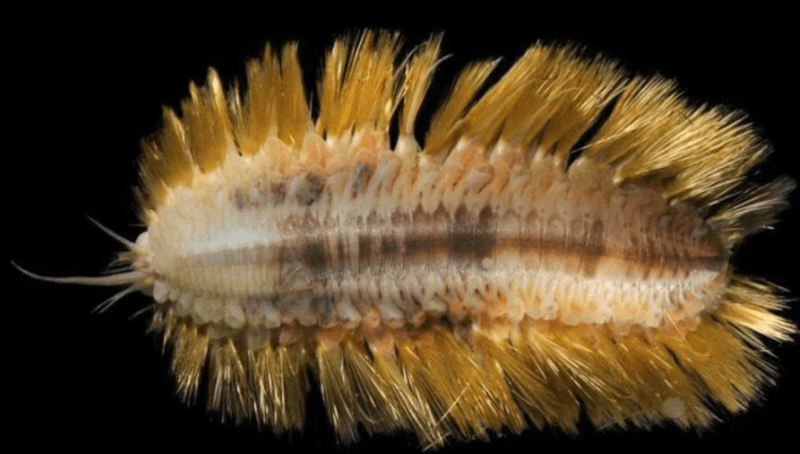
With a palette of vibrant colors, the Antarctic Scale Worm stands out in the deep sea. Its colorful appearance serves multiple purposes, from mate attraction to camouflage.
The bright hues can blend with the ocean’s iridescent surroundings or deter predators. This coloration is not just for show; it’s a critical component of the worm’s survival strategy. Its vivid presence in the otherwise dim ocean depths adds to its mystique.
The worm’s colors are a testament to the rich biodiversity of undersea life, where aesthetics and function coexist harmoniously.
Hidden Habitat
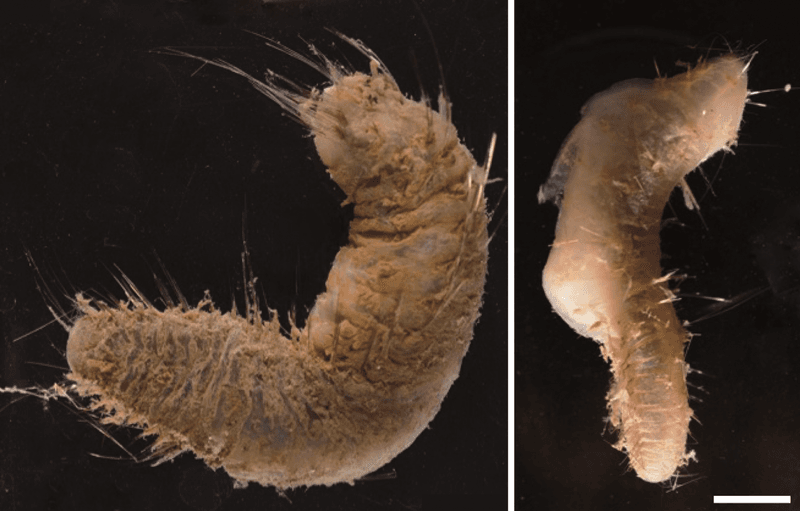
Residing in the remote, icy depths of the Southern Ocean, the Antarctic Scale Worm’s habitat is as elusive as the worm itself. It thrives in rocky crevices and undersea cavities, away from prying eyes.
This seclusion offers it protection from predators and extreme weather. The worm’s choice of habitat is strategic, providing both shelter and access to food sources. Its ability to flourish in such a hidden environment reflects its adaptability.
The secluded nature of its habitat adds an element of mystery, inviting further exploration of the ocean’s hidden wonders.
Reproductive Strategies
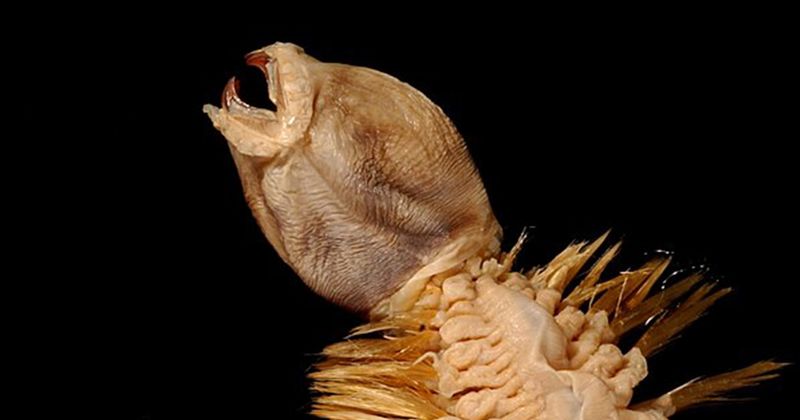
The reproductive strategies of the Antarctic Scale Worm are as fascinating as the creature itself. It employs both sexual and asexual reproduction, ensuring its lineage’s continuity.
This versatility allows it to adapt to varying environmental conditions. During reproduction, it releases gametes into the water, where fertilization occurs externally. This strategy maximizes genetic diversity and survival chances. Additionally, asexual reproduction allows rapid population growth when conditions are favorable.
These reproductive methods highlight the worm’s resilience and evolutionary ingenuity in maintaining its presence in the challenging Antarctic ecosystem.
Scientific Enigma
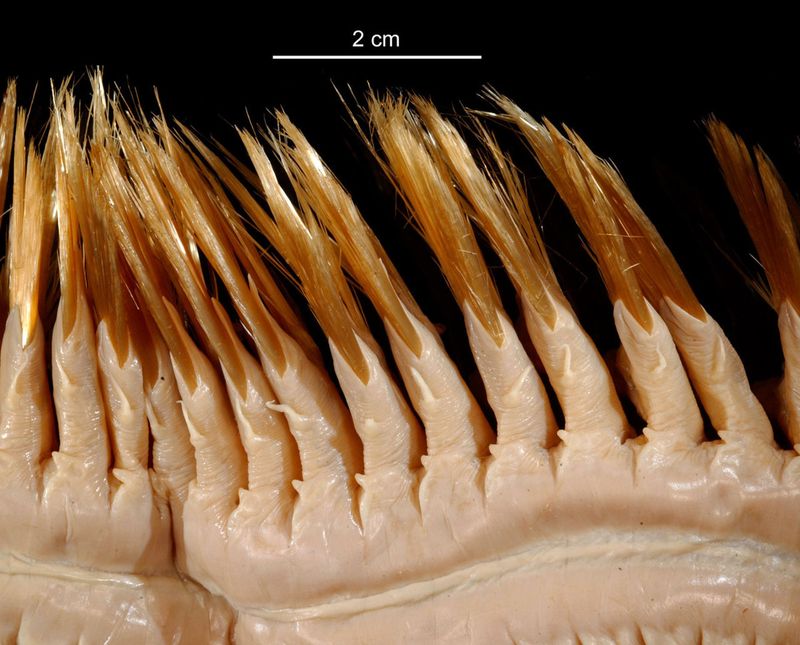
The Antarctic Scale Worm remains a scientific enigma, captivating researchers with its unique biology. Its existence challenges our understanding of life in extreme environments.
Scientists study its adaptations to cold and pressure to unlock secrets of life in the deep. The worm’s physiology offers potential applications in biotechnology and medicine. Despite its alien appearance, it is a key to understanding biodiversity and resilience.
The Antarctic Scale Worm continues to inspire curiosity and wonder, driving scientific exploration. Its mysterious nature and potential contributions to science make it one of the ocean’s most intriguing creatures.

